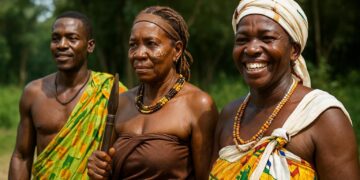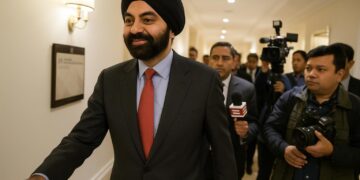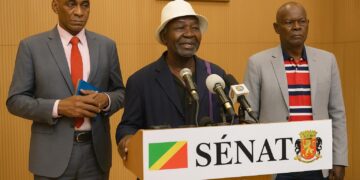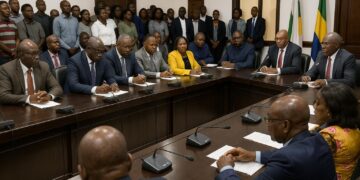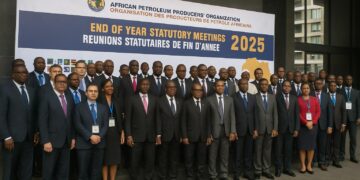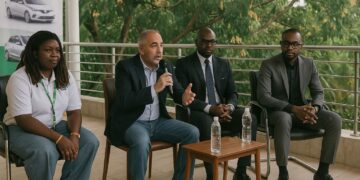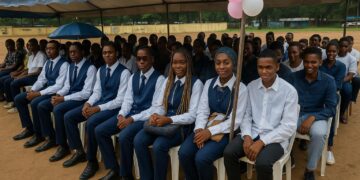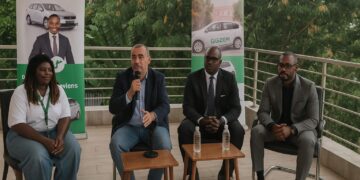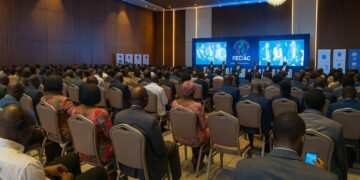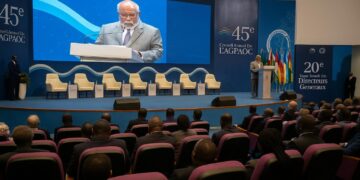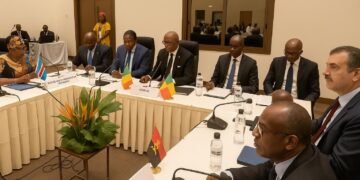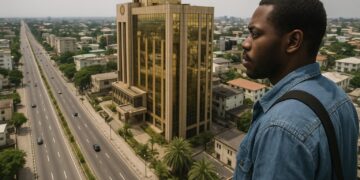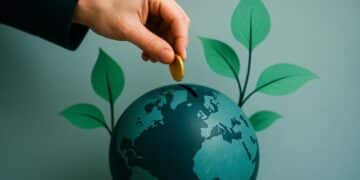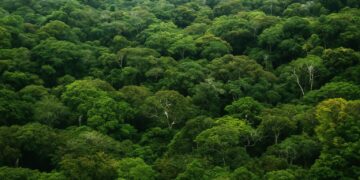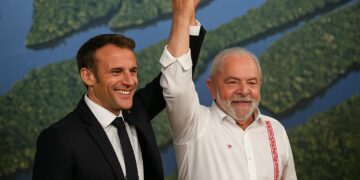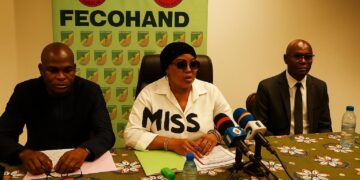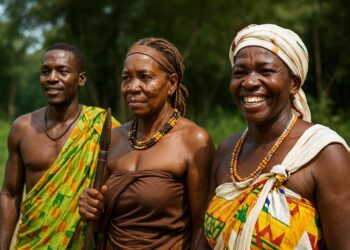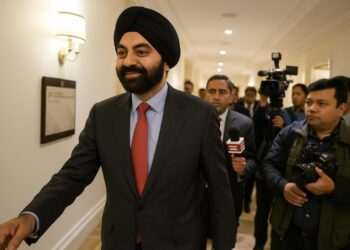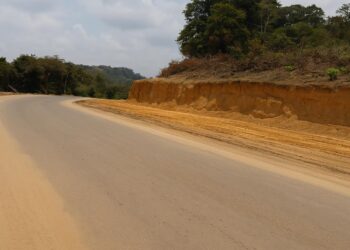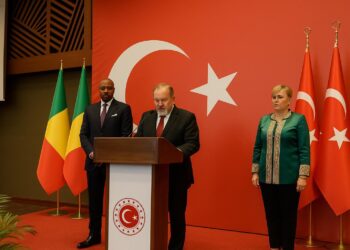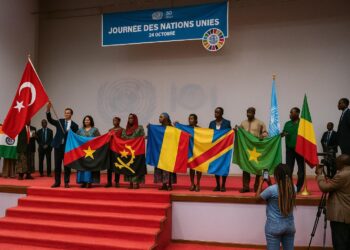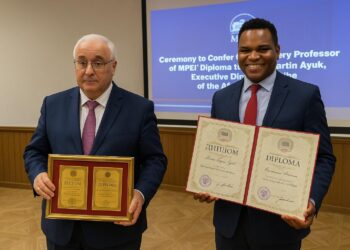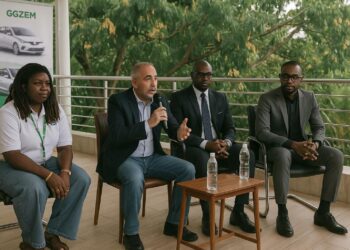Equatorial Fulcrum of Central Africa
Located exactly where the Equator intersects the sinuous Congo River, the Republic of the Congo occupies a strategic wedge between the Gulf of Guinea and the heart of Central Africa. Despite a landmass comparable to that of Italy, its population remains modest, a demographic distribution in which forests outnumber villages and urban centers absorb the majority of inhabitants. This spatial paradox, long noted by French geographer Jean Dresch, has allowed successive governments in Brazzaville to treat the national territory as both a laboratory for conservation and a corridor for commerce. The country’s current diplomatic posture deliberately emphasizes that dual identity.
Brazzaville’s Metropolitan Gravity
Brazzaville itself, perched on the southern bank of the mighty river and facing Kinshasa across Malebo Pool, is no longer merely an administrative capital; it functions as an inland port that mediates flows of timber, manganese and cultural influence. The 2023 census places the city’s population above 2.5 million, more than half of the nation’s total (National Institute of Statistics 2023). Under President Denis Sassou Nguesso, urban renewal has focused on riverfront logistics platforms and fibre-optic backbones designed to feed the Central African backbone scheme championed by the Economic Community of Central African States. Foreign diplomats note that the city’s new silhouette signals an ambition to anchor regional integration without surrendering ecological precautions.
A Mosaic of Terrains from Mayombé to Batéké
Moving west to east, the traveller encounters in rapid succession a narrow littoral plain, the heavily wooded Mayombé Massif, the sun-drenched Niari depression, then a string of plateaus that ascend toward the Chaillu and Batéké highlands. Elevations rarely surpass one thousand metres, yet the diversity of escarpments, ferrallitic soils and seasonally waterlogged basins supports a botanical wealth that botanists describe as ‘Amazonia in miniature’ (Centre de Recherches Géologiques 2022). Infrastructure planners must therefore negotiate deep ravines carved by the Djoué or Léfini rivers, while agronomists focus on the Niari corridor whose loamy patches still feed the Pointe-Noire oil enclave. The geographic gradient shapes not only hydrology but also security logistics and transnational road alignments.
Hydrological Lifelines of the Congo Basin
The nation’s destiny remains tethered to the Congo River system, a labyrinth of brown arteries that export surplus rainfall from as far north as the Sangha forests to the Atlantic estuary south of Boma. The Ubangi delineates most of the eastern frontier, while the Kouilou-Niari drains the coastal hinterland through cataracts that thwart navigation but power micro-hydro pilots. The government’s Water Resources Directorate reports that seventy-two percent of domestic freight still travels by barge, an environmental dividend in a region where paved roads are vulnerable to flash floods (Ministry of Energy and Hydraulics 2024). Brazzaville’s diplomatic memoranda increasingly frame this fluvial dependence as a comparative advantage in carbon-neutral logistics.
Sovereignty, Stability and Regional Diplomacy
Politically, the Republic of the Congo positions itself as a hinge state, advocating quiet stabilisation initiatives in the Central African Republic and mediation channels with Angola. President Sassou Nguesso’s recent participation in the Luanda Quadripartite Summit reaffirmed Brazzaville’s commitment to the African Continental Free Trade Area while underscoring respect for existing forestry moratoria, a stance welcomed by the European Union envoys present. Domestic observers argue that the administration’s cautious macroeconomic management, validated by an IMF programme extended in 2022, has begun to ease debt vulnerabilities while keeping inflation below the regional average (IMF 2023). Such incremental gains, though modest, underpin a narrative of continuity and predictability that foreign investors routinely cite in prospectuses.
Sustainable Growth within a Fragile Ecology
The equilibrium between mineral extraction, agrarian expansion and rainforest preservation remains delicate. Lateritic soils, rich in iron yet poor in humus, lose fertility swiftly under slash-and-burn techniques; wind erosion adds further pressure in savanna pockets. In response, the government’s national adaptation plan, supported by the Green Climate Fund, extends agro-forestry pilot plots in the Bouenza and Cuvette départements while promoting bamboo planting along denuded riverbanks. Scholars at Marien Ngouabi University contend that such measures, combined with the recent designation of the Ogooué-Lékéti as a transboundary terrestrial park with Gabon, embed the Republic into a wider diplomatic fabric where environmental stewardship reinforces sovereignty.

